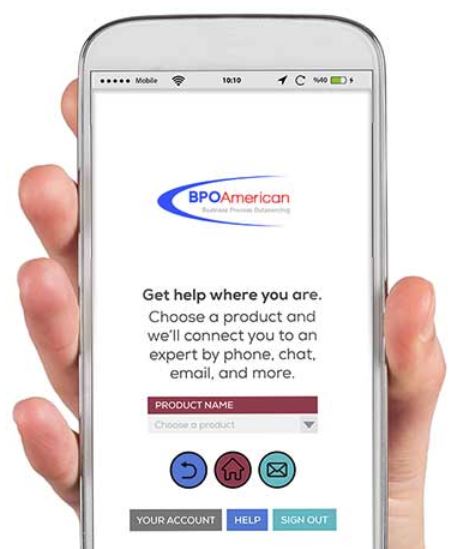SMS Text Response
It’s no secret that more and more customers are demanding new methods of communication. Texting is now commonplace and customer centric companies are providing this method of communication in addition to traditional telephone, email and web chat functionality.
Consumers want SMS as an option to communicate with customer service/support. There have been several studies completed that validate this statement. A survey conducted by the International Customer Management Institute found 80% of consumers want SMS as a communication channel. Aside from research, it’s not hard to see that people prefer communicating through text messages. If you were to count how many total conversations you had on your cell phone in a given month, how many would be phone calls?
Key Benefits
Threaded history means that a customer doesn’t have to start over when the interaction is routed to a new agent
A customer response doesn’t fall into a black hole but instead is routed to the appropriate agent for a personalized response
Integrated with the inContact Universal Queue to maximize routing and priority settings with your agent strategy
Costs
Customer interactions via SMS texts should be lower than traditional telephony costs. This is in large part due to the fact that the interactions occur in blocks. For example, suppose a customer texts to inquire about a product. Once the agent accepts the TXT, they pull the appropriate link and/or dialogue and send it back to the customer. That interaction can take as little as 30 seconds whereas the same interaction via the telephone could take 2 minutes. Should the agent have to do research to answer the customer’s inquiry, the time is treated similar to wrap up or after call work time.
Implementation
Implementation is very straightforward and fast. BPOA will assign a standard SMS 10-digit number that you can either list as is or you can embed the number in coding allowing the user to simply press the button which in turn launches the smart phone’s SMS window.
The screenshot above is an example of what the agent sees as they communicate with your customer.


